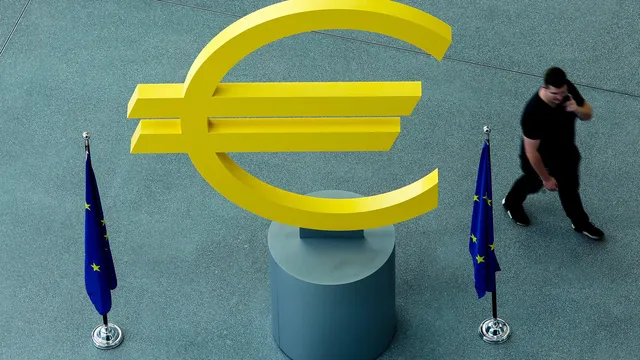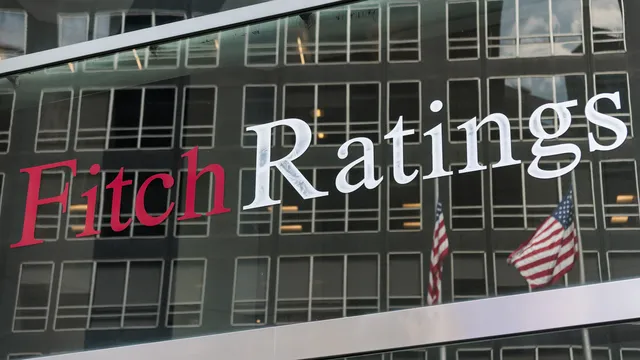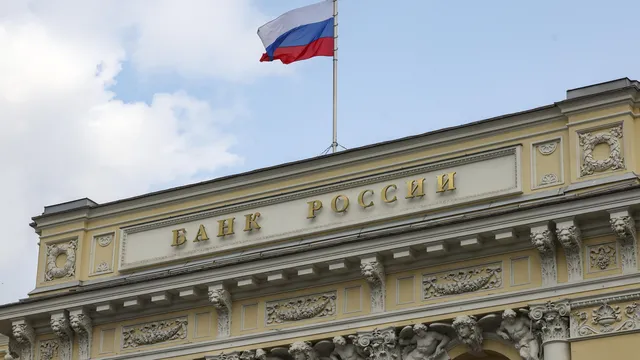The European Central Bank (ECB) has decided to keep interest rates unchanged as policymakers await whether the eurozone will be affected by the higher U.S. tariffs threatened by President Donald Trump, AFP reported. This ends a series of consecutive cuts that began in September 2024, during which the main interest rate was lowered to 2%.
The sharp reduction in borrowing costs for businesses and households across the 20 eurozone countries coincides with a decline in inflation from the double-digit levels seen at the end of 2022. In June, consumer prices in the eurozone rose by 2%, exactly within the ECB’s target range.
The easing price pressures create room for further rate cuts, but the outlook for the eurozone economy remains “extremely uncertain, particularly due to trade disputes,” the central bank stated.
Donald Trump set a deadline of August 1 for the introduction of a basic 30% tariff on European goods, but negotiations for a compromise deal continue. A European Commission representative commented that an agreement with Washington is “within reach,” and diplomats revealed that the U.S. has proposed a general tariff rate of 15%.
Analysts from UniCredit note that the ECB will seek “greater clarity” before its next decision as negotiations continue or fail.
Dirk Schumacher, chief economist at German KfW, observed that neither economic data nor recent price trends call for an immediate ECB reaction. Inflation in the eurozone remained at 2% in June, and rising industrial production boosts optimism about the economic outlook.
Berenberg analyst Felix Schmidt added that the central bank would like to “keep some ammunition in reserve” for emergencies, especially if Trump imposes harsh tariffs. He warned that an escalation of the trade dispute would have a serious negative impact on the eurozone economy and would necessitate further rate cuts.
The strengthening of the euro against the dollar, driven by uncertainty, could also push the ECB toward an even more accommodative monetary policy. Since the start of the year, the euro has appreciated by almost 14% against the dollar, thanks to investor sales of U.S. assets in response to Trump’s unpredictable actions and his criticisms of the U.S. Federal Reserve.
A stronger euro makes imports cheaper and further reduces inflationary pressure. The ECB forecasts inflation will fall to 1.6% in 2026 before returning to target levels in 2027.
Investors will closely watch remarks by ECB President Christine Lagarde in Frankfurt this afternoon for signals about future steps. At the previous meeting in June, Lagarde hinted that the rate-cutting cycle was “coming to an end,” emphasizing reliance on economic data and a “step-by-step” approach amid uncertainty.
Following the pause, attention will turn to the ECB’s stance ahead of the next meeting in September. ING analyst Carsten Brzeski expects that “a quiet July meeting may be accompanied by increased focus on how willing policymakers are to accept a further appreciation of the euro.” He added that concerns over currency fluctuations might not be explicitly reflected in communication but could tilt the balance toward a softer overall policy tone at the bank. |BGNES

 Breaking news
Breaking news
 Europe
Europe
 Bulgaria
Bulgaria







